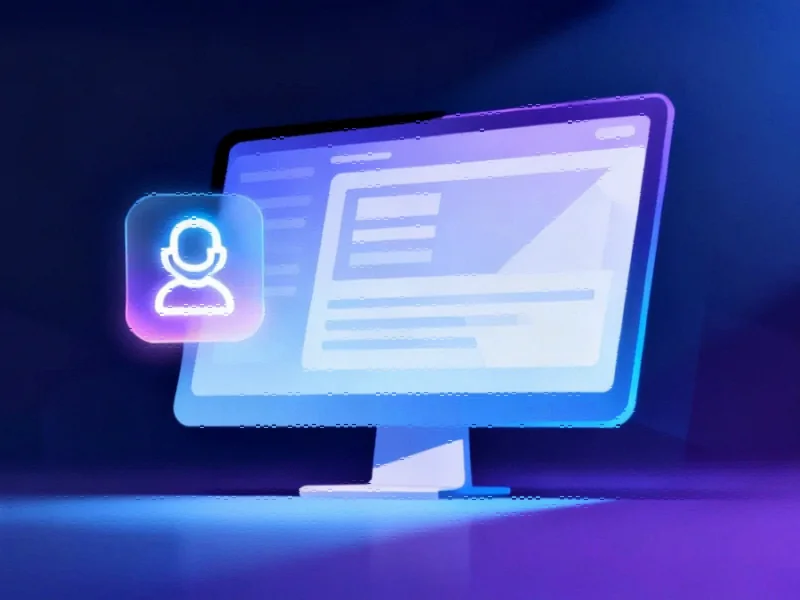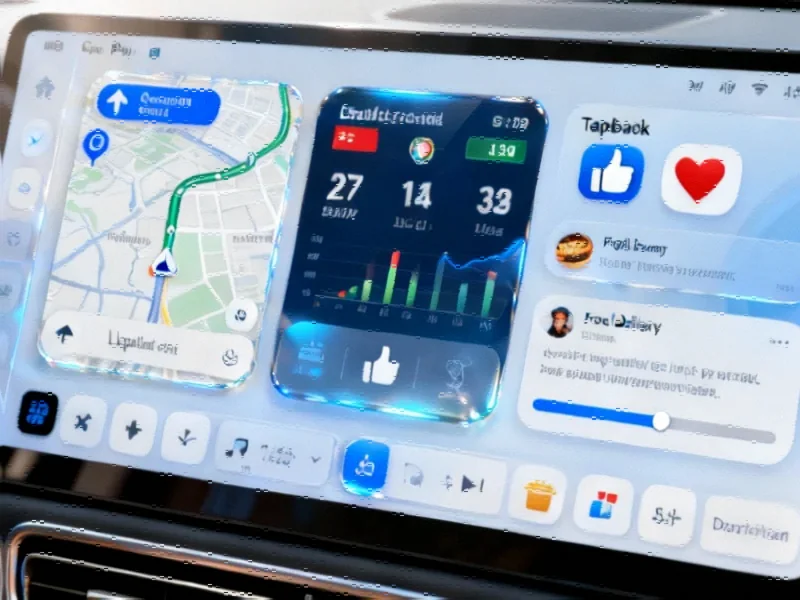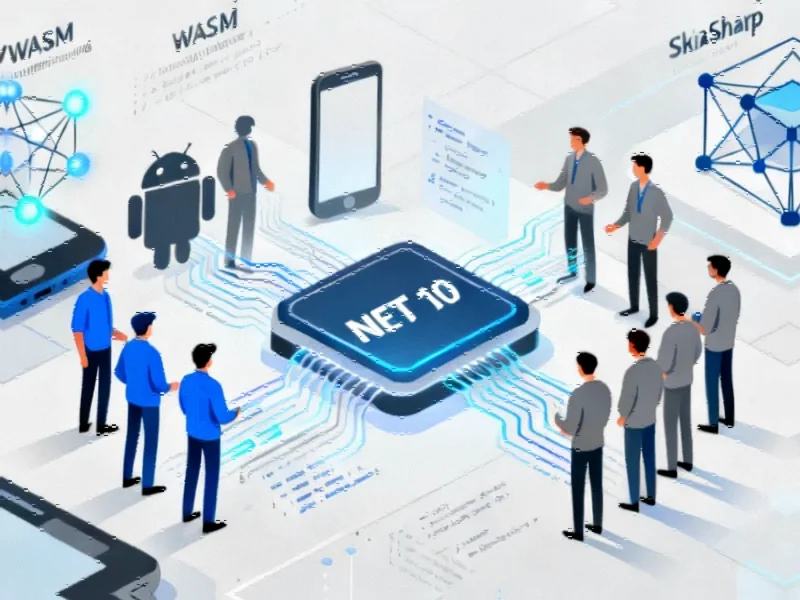Microsoft’s Voice Assistant Strategy Faces Deja Vu Moment
Microsoft’s recent announcement of “Hey Copilot” voice activation for Windows 11 is generating mixed reactions across the technology sector, with many analysts drawing comparisons to the company’s previous digital assistant efforts. According to reports, the new feature allows users to activate Microsoft’s AI assistant through voice commands, mirroring the “Hey Cortana” functionality that debuted in 2015.
Cortana’s Legacy Looms Large Over New Feature
Sources indicate that Microsoft’s previous virtual assistant, Cortana, serves as a cautionary tale for the company’s latest voice ambitions. The Halo-inspired digital assistant was heavily promoted during the Windows 10 era before being discontinued in 2023 after failing to gain significant user adoption. Industry observers suggest that Microsoft appears to be retreading familiar ground with its latest voice activation strategy.
“We’ve seen this pattern before with voice assistants on desktop platforms,” one industry analyst noted. “The fundamental use case remains questionable for most personal computer users who typically find keyboard and mouse interactions more efficient.”
Enterprise Implementation Concerns Surface
The report states that Copilot’s positioning for business environments creates additional complications for voice implementation. Workplace distractions and potential confidentiality breaches represent significant hurdles for voice-activated features in professional settings. “Talking to your computer in an open office environment raises both productivity and security questions that Microsoft must address,” according to technology workplace consultants.
Language and Accessibility Limitations Noted
Analysts suggest that Microsoft appears to be repeating what they describe as a “cardinal sin” from the Cortana era by focusing primarily on English-speaking users. The company’s historical emphasis on its U.S. customer base has drawn criticism given Windows’ global install base. Reports indicate that AI models trained predominantly on English language data often struggle with accents and non-native speakers, potentially limiting the feature’s international appeal.
This development comes alongside other industry developments in the voice assistant space, though Microsoft’s approach appears consistent with its established pattern. The challenge of creating effective personal digital assistant technology continues to evolve as companies explore new interfaces.
Productivity Versus Novelty Debate
Early testing suggests that voice commands may not always deliver time savings compared to traditional input methods. “In most scenarios, typing and clicking remains faster than voice dictation for complex computer tasks,” usability researchers report. The potential for misinterpreted commands causing workflow disruptions represents another concern for productivity-focused users.
These voice assistant challenges are part of broader market trends in human-computer interaction. As companies like Microsoft develop new interface paradigms, they must balance innovation with practical utility.
Opt-In Approach Provides Cautious Pathway
Microsoft has made the voice activation feature strictly opt-in, a decision that analysts view as a prudent approach given the mixed history of similar functionality. Demonstration videos available through platforms like YouTube show the capabilities in action, though real-world adoption patterns remain uncertain.
The technology landscape continues to evolve with related innovations emerging across the sector. Meanwhile, research into human-computer interaction continues to advance, with studies like those examining fundamental biological processes occasionally informing interface design principles.
Future Uncertain for Voice on Desktop
Whether “Hey Copilot” will avoid Cortana’s fate remains an open question according to industry watchers. The feature’s success may depend on Microsoft’s ability to address the limitations that hampered previous voice assistant initiatives while demonstrating clear productivity advantages for Windows users.
As younger generations influence technology adoption through platforms highlighted in generational entrepreneurship studies, and as companies like Google make strategic shifts documented in technology policy reports, the digital assistant landscape continues to transform. Microsoft’s latest voice initiative represents another chapter in the ongoing evolution of how users interact with their computing devices.
This article aggregates information from publicly available sources. All trademarks and copyrights belong to their respective owners.
Note: Featured image is for illustrative purposes only and does not represent any specific product, service, or entity mentioned in this article.



